Rob Crosse
by Lieve Brocke
Together with artists Richard Sides and Sung Tieu, Rob Crosse is an award winner of the ars viva prize 2021. On the occasion of the award’s accompanying exhibitions at Museum Angewandte Kunst in Frankfurt am Main and Kunstverein Hannover, PASSE-AVANT commissioned an interview witch each artist. Today, Lieve Brocke, assistant curator at Museum Angewandte Kunst, speaks with Rob Crosse.
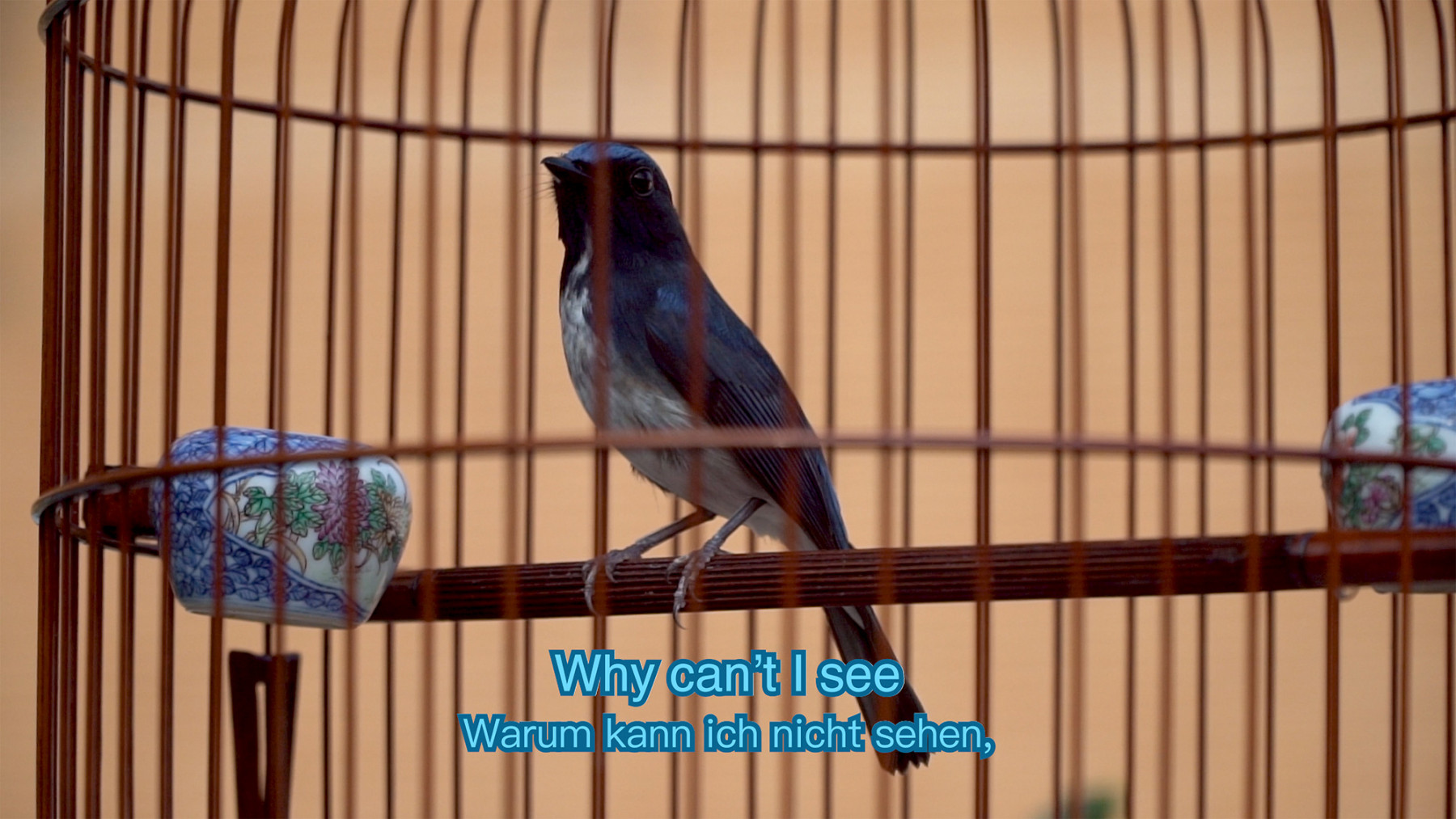
Rob Crosse, Dear Samuel, 2020, video still. Courtesy: the artist
Lieve Brocke Your photographs, performances and videos deal with themes like care, vulnerability and support as well as intergenerational relationships, power dynamics, desirability and aging. You are interested in social networks of support and have accompanied and interviewed organizations such as Prime Timers or Gay and Grey. The question of support in older age which you consider in your works relates to closeness and distance – aspects that gained even more importance during the current Covid-19 pandemic. How has this changed the way you look at your own works?
Rob Crosse I don’t think it's necessarily changed the way I look at my own work as ageing and care are topics that I’ve always been invested in, but I've become very much more aware of the potential danger of my desires during this time. I hesitate to talk about a difficult situation that is still very much present, I only hope that the increased awareness of older people and the more vulnerable members of our society remains.
LB In a conversation with Willem de Rooij on Instagram (as part of our series ‘angewandte talks’), you said that you have a “fear of words” and in the past avoided talks and did performances as a way to deal with talking. In your video Dear Samuel (2020), displayed in our exhibition, words play an important role, they describe the relation between two lovers in a very emphatic and sensible way. Can you tell me more about the background of the letter form and describe what function the words take here?
RC Yes, words are often absent from my videos, or if they appear, they usually form part of background chatter. The idea for writing a letter derived from time spent with a group in Hong Kong called Gay and Grey who attend monthly meetings about topics of their choosing. The meeting I attended was about how to write a will. Later the conversation developed into a discussion about the need to write a letter to a family member declaring why you might leave belongings to a male partner. Hence, the letter would become a kind of posthumous declaration of love.
Using the structure of the letter provided me with an opportunity to use narrative for the first time as well as question the author of the voice. I wrote a story about the role of care within sexual acts between an intergenerational couple, drawing from my own experiences and conversations about responsibilities for caring in older age. As the story evolves the role from wanting to care shifts to not wanting to care, and it becomes unclear who is meant to be caring for whom.
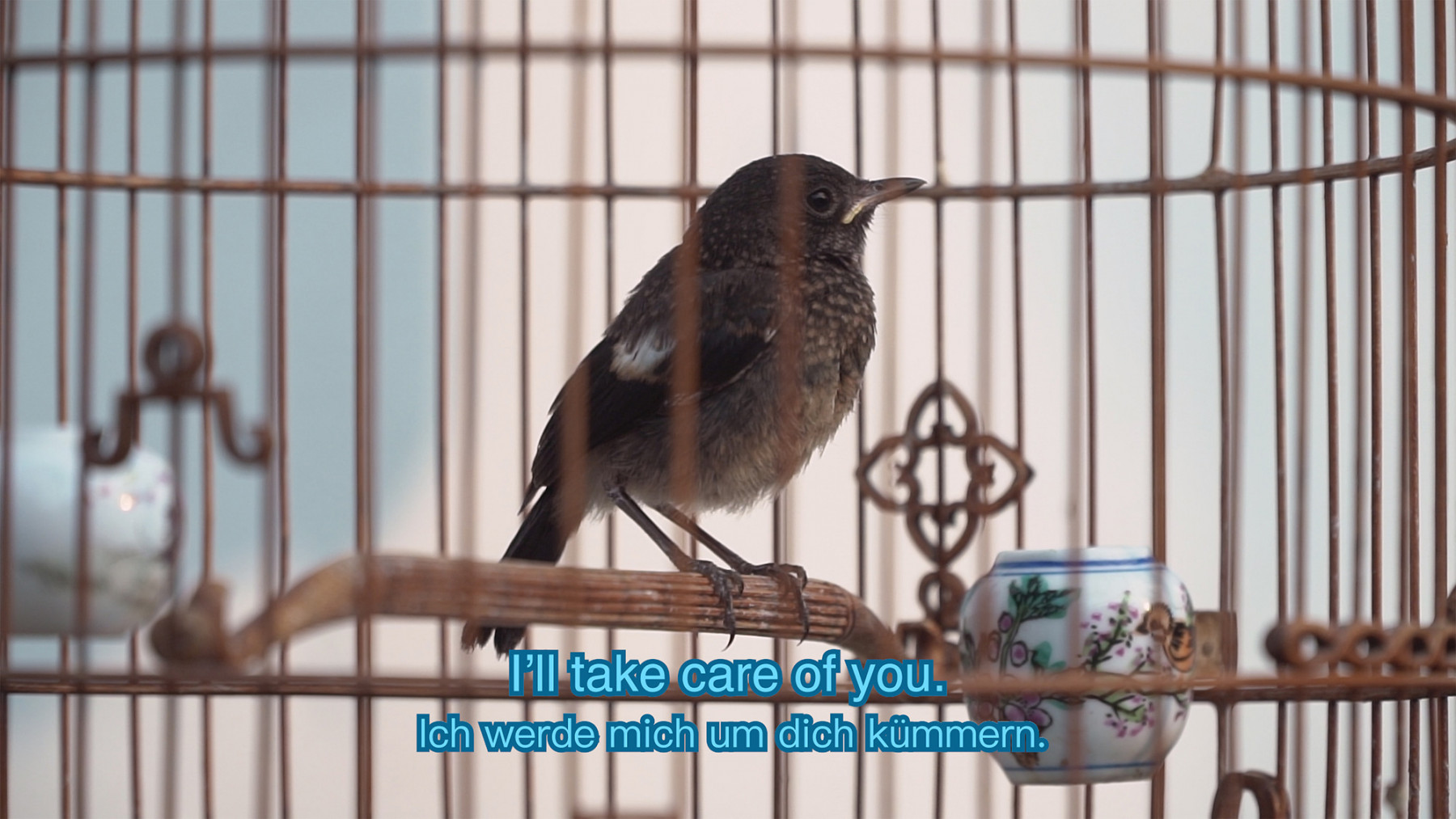
Rob Crosse, Dear Samuel, 2020, video still. Courtesy: the artist
LB In Prime Time (2017), also presented in Frankfurt, you discuss the phrase of being in the prime age of one’s life. The viewer gets the impression that beauty in older age isn’t an ideal of a perfect body, but rather the gesture of caring for this body and taking care of each other. Would you agree with this? Or isn’t there an idea of beauty transported in the video work?
RC Part of my work is about refusing words like perfection in relation to beauty. I want to question the validity of a word like ‘prime’ in relation to thinking about desirability of the body. If one’s prime in relation to feelings of being desired is not the present moment, then it’s always going to be out of reach.
Prime Time follows a group called Prime Timers on board a cruise ship during a seemingly endless voyage in the ocean. The film drifts between moments of action / inaction and between members of the group and the ships daily rituals.
LB Dear Samuel is your first piece that includes spoken language and where bodies aren’t visible. The bodies – a younger and an older body – are present only through the description of the narrator. Which specific role does the body play in the work, also in comparison to the bodies we see in Prime Time?
RC Prime Time was more explicit in attempting to show bodies up close in a way that is intimate but not sensationalised. When I’m filming, I’m naturally drawn to body language as forms of communication as opposed to faces and words. In some ways, my films are always about trying to show the world as I see it.
The absence of bodies in Dear Samuel is partly around my experience of time spent with the group Gay and Grey who not only didn’t want to be visible on camera but felt excluded from spaces within the LGBTQ+ community. This feeling of invisibility is common amongst many older gay men, particularly in relation to desirability. So, through writing I was attempting to use words in the same way I might use a camera with language that is both intimate and descriptive.
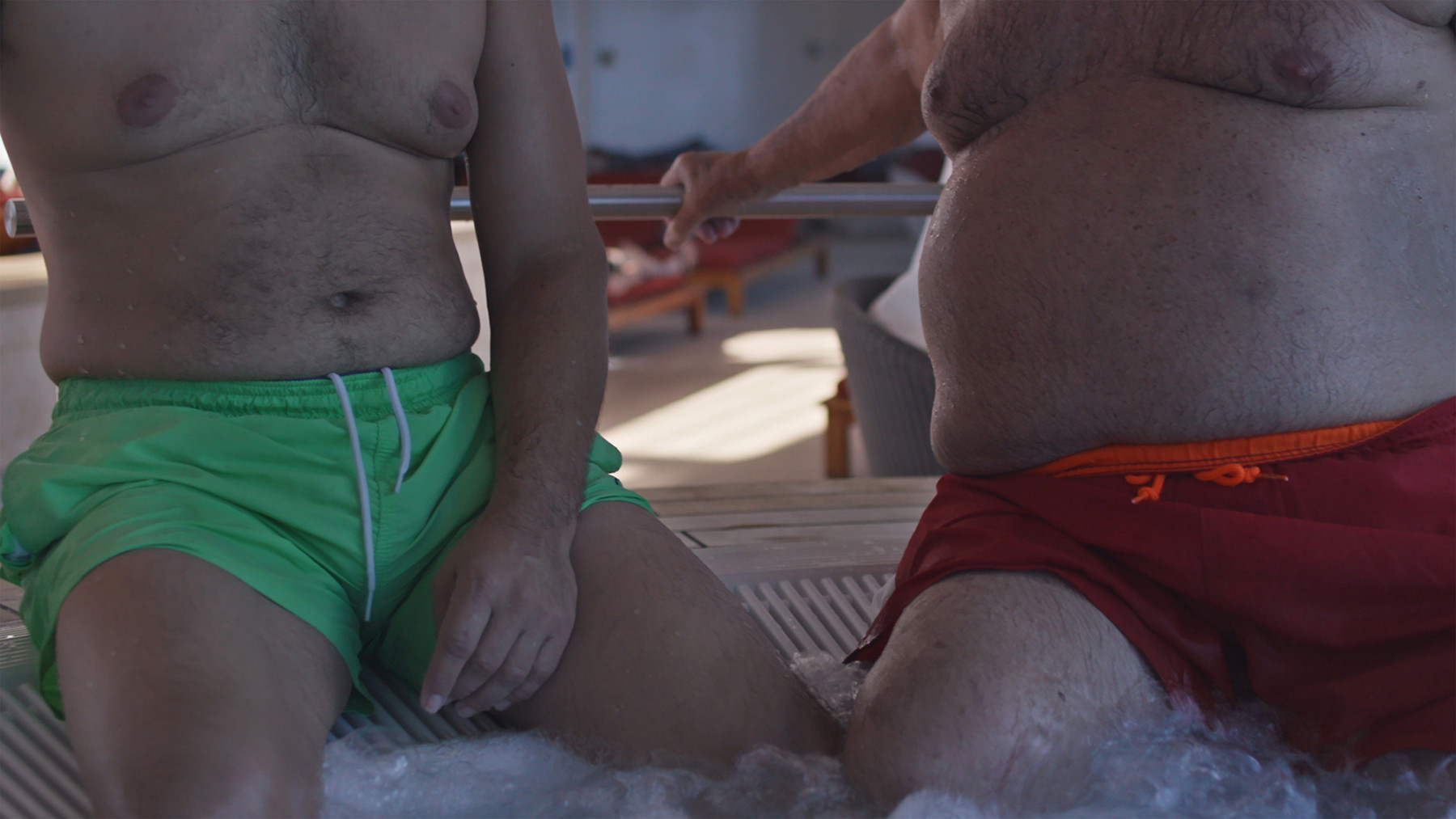
Rob Crosse, Prime Time, 2017, video still. Courtesy: the artist
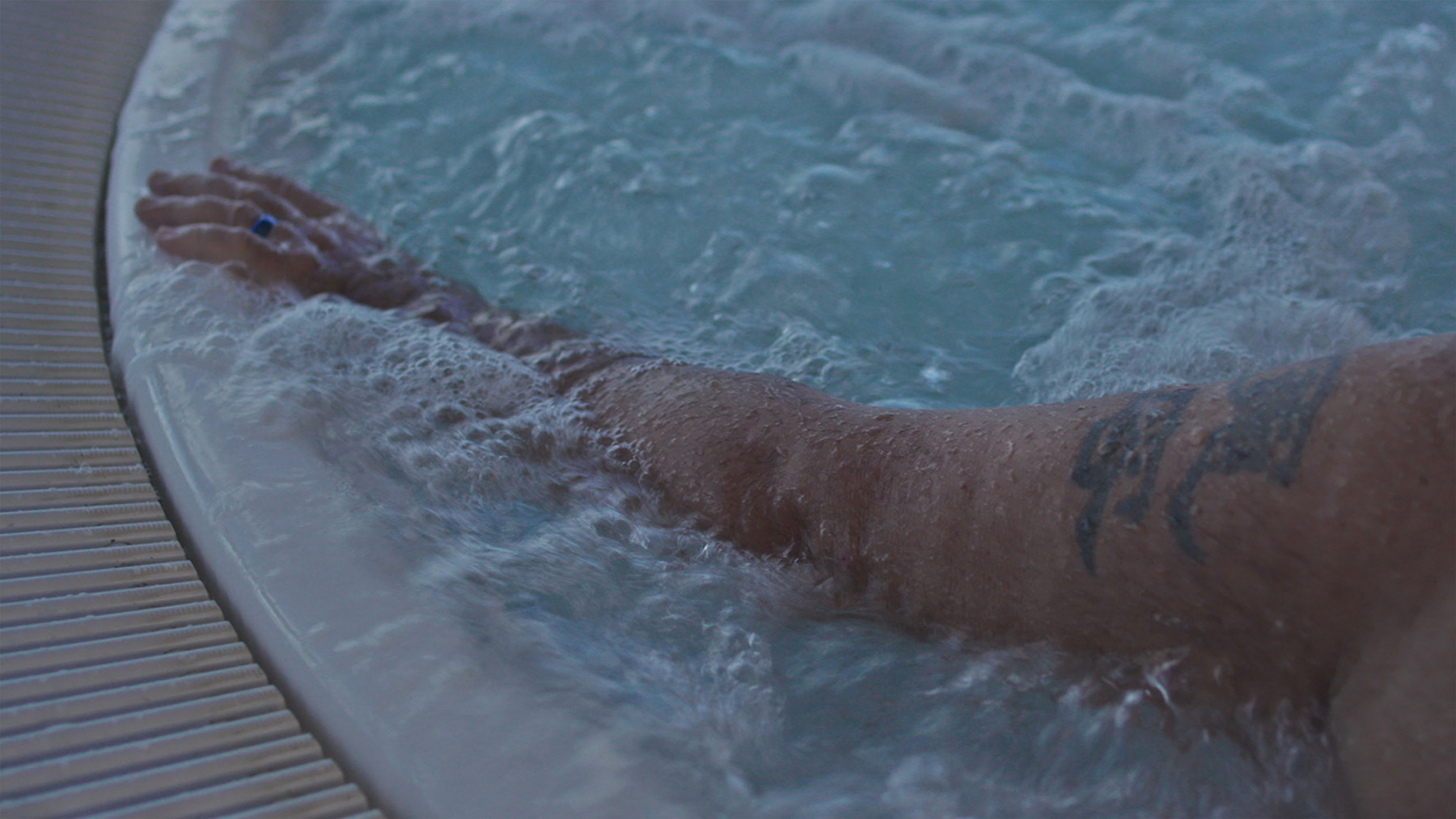
Rob Crosse, Prime Time, 2017, video still. Courtesy: the artist
LB In both pieces, tabooed topics such as desire and sexuality in older age are present. Are there other works, which deal directly with these themes?
RC These are the first works which address desire and sexuality for older bodies directly, but I think to an extent it’s there within all of my work. Taboo is not a word I use when discussing my work, but I’ve heard it a number of times. However, I think the feeling of knowing that something I desire is considered a taboo is the inspiration for a lot of my ideas.
LB Your work often touches on dependencies and power dynamics within relationships.
RC Independence is a myth and the more accepting we are of our interdependent relationships with others the better. Power dynamics are involved in any relationship, but I wanted to interrogate my own perception of these roles within an intergenerational one. There is a reality involved with ageing and caring that is more prevalent in an intergenerational relationship. I was thinking about the realities and fantasies involved in caring for someone of an older age. This is partly informed through my direct experience but also through conversations with the various groups I’ve encountered.
LB The two photographs in our exhibition, Baumstütze I and Baumstütze II (2020), deal with both gestures of caring and control. The concept of care takes various forms in your works. Can you elaborate on your ideas of care?
RC I’m interested in the role of control within caring gestures and its potential to cause harm. Since living in Berlin, I’ve been collecting cuttings from succulents and now have over 100 different varieties of plants. With the extra time I’ve spent at home this past year I’ve managed to kill quite a few of them by over watering. So, my desire to care was one sided and was more about my wanting to be seen to care rather than listen to what the plant needs.
Baumstütze I and Baumstütze II are my first explorations into looking at the support systems within botanical gardens where care for flora is both a caring act and a continuation of the legacy of botanical collections. Each photograph depicts a different type of support, one for a younger tree that is attached to a pole via a rope, the other props up a branch from an older tree that is sunken into its bark. I’m interested in the way the trees have been both supported and forcefully shaped by these structures.
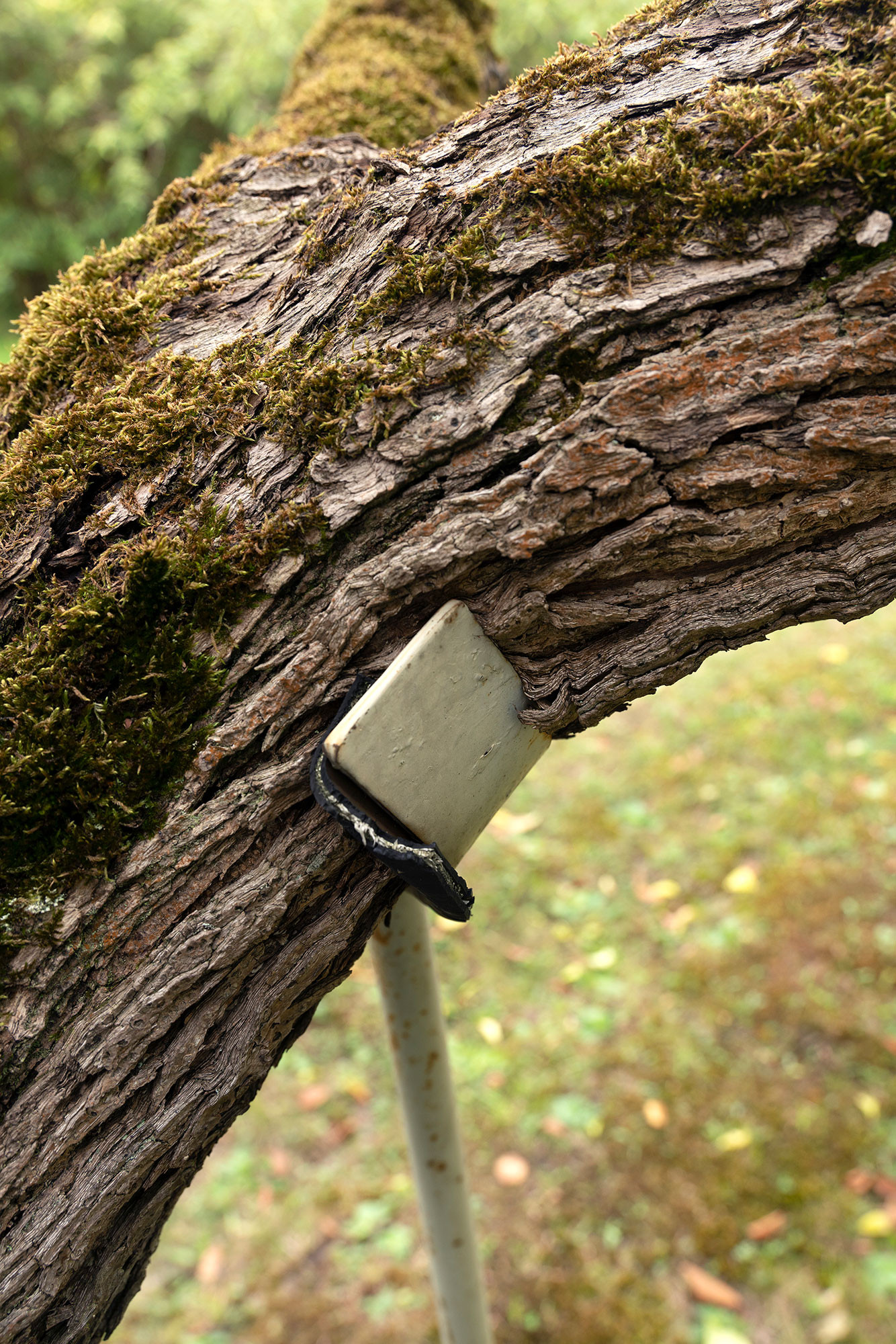
Rob Crosse, Baumstütze I, 2020, archival pigment print. Courtesy: the artist
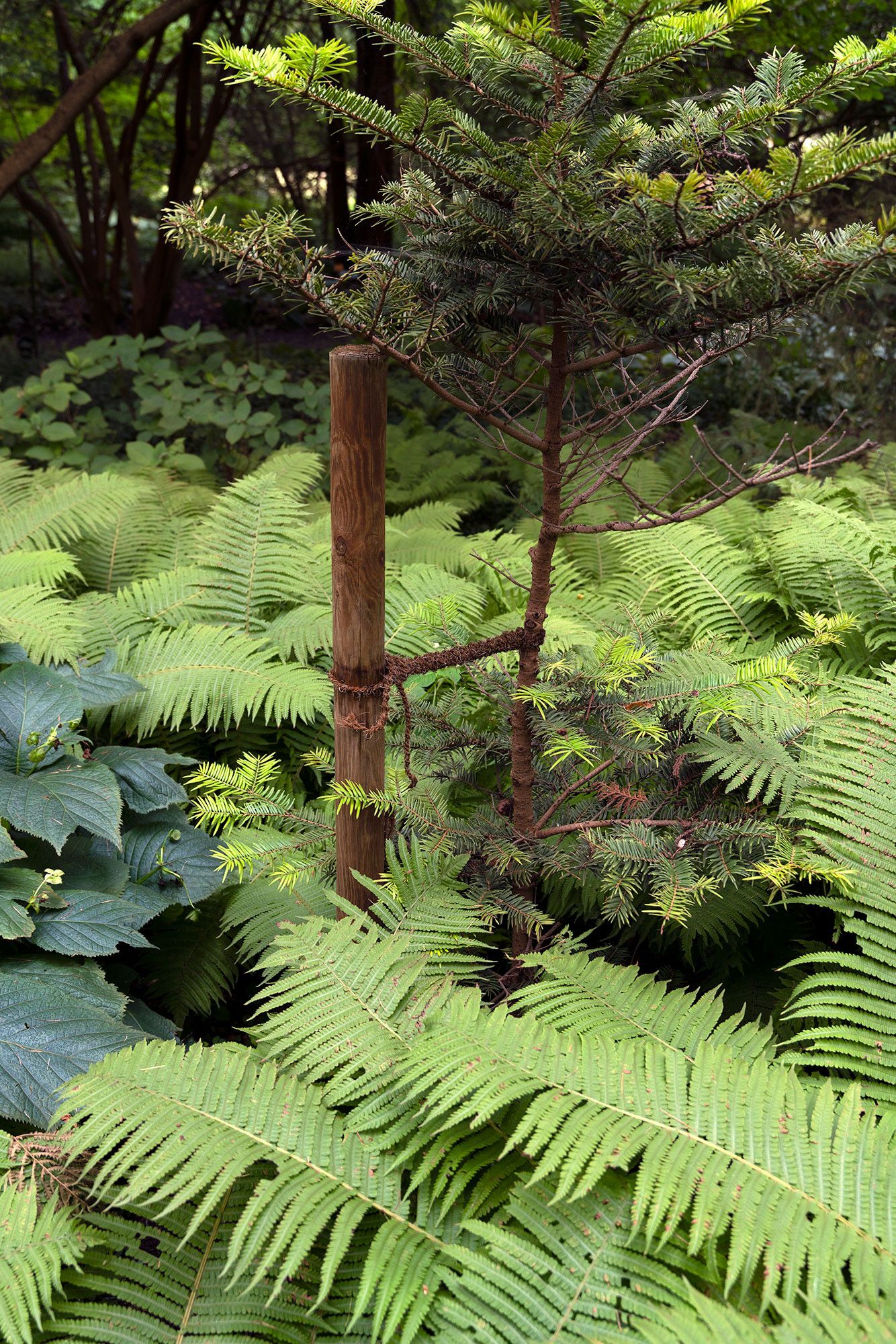
Rob Crosse, Baumstütze II, 2020, archival pigment print. Courtesy: the artist
LB The camera movement in your video works Clear as a Bell (2016), Team Roedale (2012) or Prime Time is very tender. Through your lens, you gently, curiously and always respectfully show mostly elderly men during various activities. Close-ups of faces, hands and bellies create intimacy and the viewer becomes part of the action through proximity. This closeness also caused by the fact that you spent a lot of time with the people you are filming. How long do you accompany these groups, observe their behaviour, their activities, their togetherness? Does this time allow yourself to be, even just for a moment, part of the group?
RC Observing someone through the frame of a camera is both a barrier and a way to connect with someone. There is a lot of potential to abuse the power the camera holds over its subjects and this is a constant negotiation for me, both during moments of filming and when editing.
Kevin Jerome Everson, a filmmaker I admire a lot, once said: “I don’t make films for the audience, I make them for the subjects, and I try to position those subjects and the camera so that there’s an element of generosity between the two.”
I’m not sure I make my films for my subjects but I’m always conscious of being respectful to the people I film, though I never feel a part of the group. I want to play with that level of intimacy through the view of the camera where it can become both a participant in the group or an observer.
The length of time for accompanying groups depends entirely on the type of project, budget and deadline. Some projects happen relatively quickly and others take years. Maybe I’m just indecisive and I only make decisions when I really have to, but I do enjoy being slow with developing my ideas, so I tend to work on a number of different projects simultaneously.
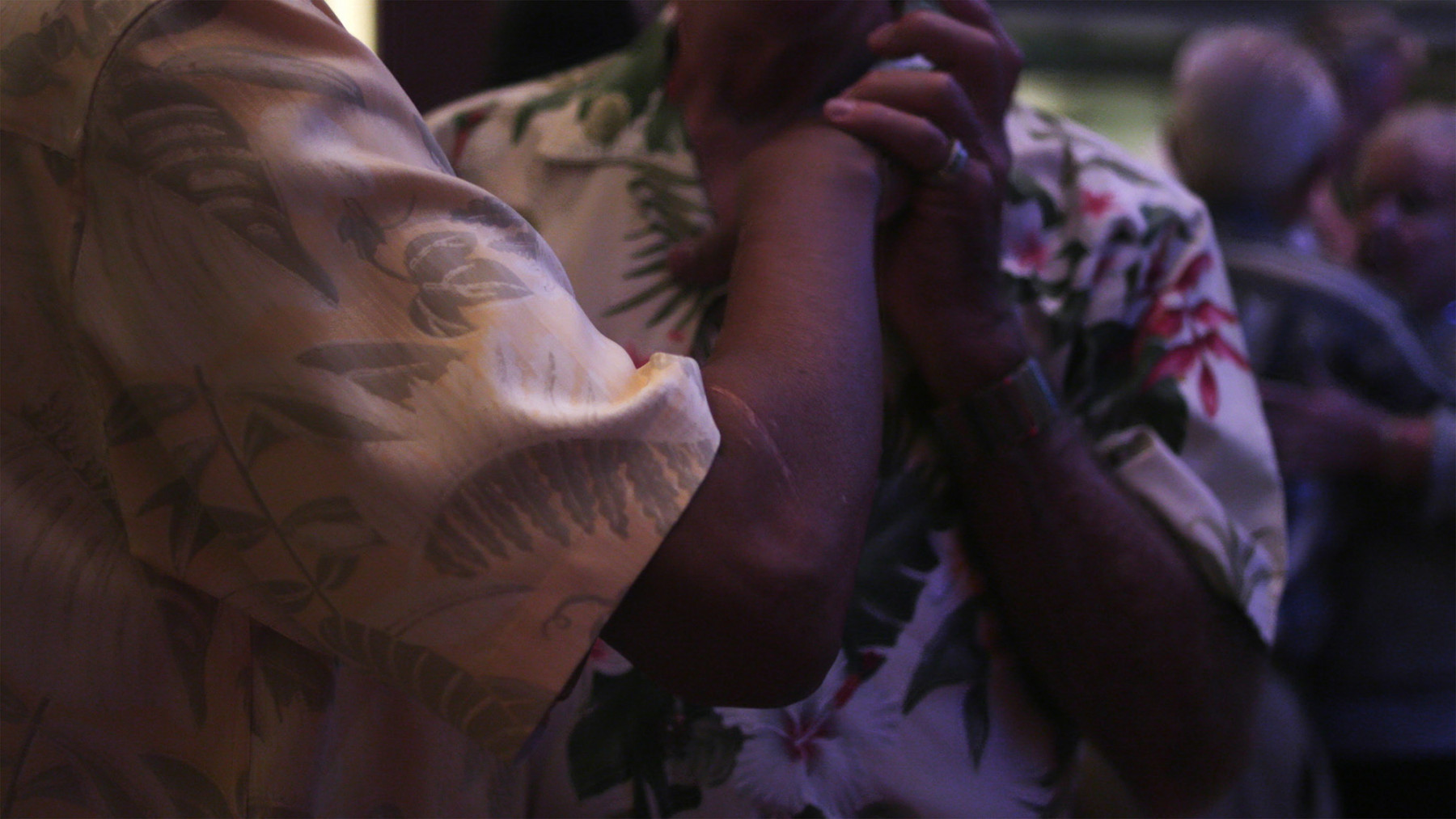
Rob Crosse, Prime Time, 2017, video still. Courtesy: the artist
LB You use the camera discreetly and I’d be curious to know what the camera means to you?
RC Who is the camera, and what role does the camera play are very important questions for me. Shifting between different perspectives such as the close up of a body or shots of abstracted architecture allows me to play with the visibility of the camera, so the view is always questioned. I’m trained in photography and the act of observing through the frame of the camera is an important part of how I develop my ideas.
Often when I’m approaching a new space where I think there might be an idea I’ll think about the sound and image independently. Sometimes this involves bringing other people in who are highly trained with specific skills and other times I’ll try to do everything myself.
LB What about the process of editing, the use of sound and music in your work?
RC There is always a point in the editing process where it’s about forgetting my intentions and allowing the material to speak for itself. If I can, I’ll keep returning to somewhere if I don’t think an idea is working in order to see what I’ve missed, but this isn’t always possible. For example, on the cruise ship I only had 7 days and therefore brought a small team that allowed me to have more of an overall view. So, it really depends on the idea and access.
LB During the process of structuring the exhibition space at Museum Angewandte Kunst – which is quite big, bright and open – together with you, Sung Tieu and Richard Sides, the three of you decided that you didn’t want to present your works separately, but more in form of a dialogue. You placed Prime Time together with a walking stick from the museum’s collection in the open, glassed rotunda next to the entrance of the museum because the architecture by Richard Meier corresponds to the body of the cruise ship seen in the video work. What role does space and architecture play in your works?
RC All of my ideas up until now have been shaped by the architecture of a space. Whether in a shopping mall, a cruise ship, or a garden for caged birds, these spaces are all microcosms where interactions form through a shared interest. The architecture already acts as a frame for shaping these interactions, so I try to utilise what is already there to accentuate what I want people to see.
I’m as much focused on what I don’t choose to show as what I do, which often feels like a choreography between knowing how someone is going to move within a space and moving the camera to frame them in a particular way.
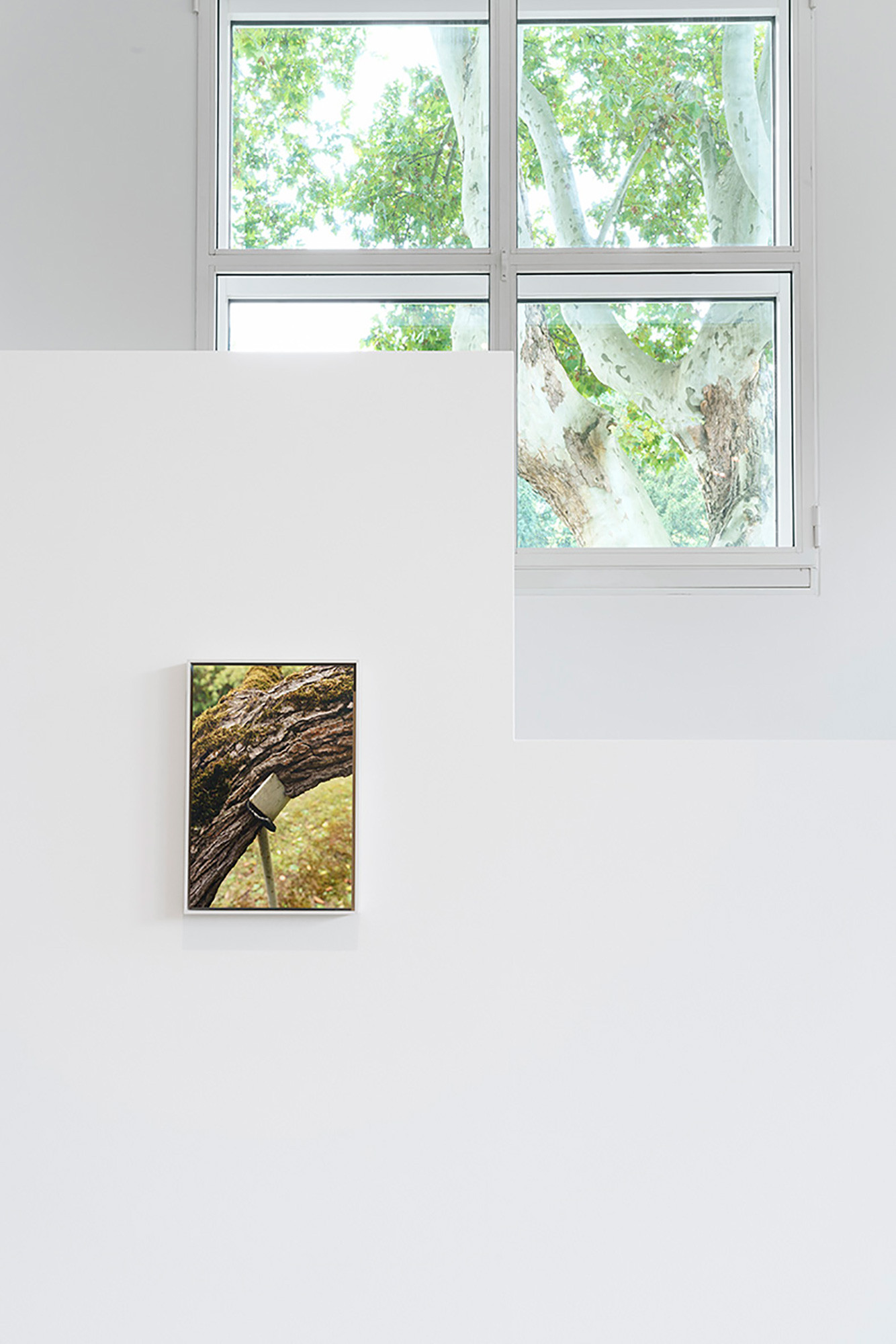
Rob Crosse, Baumstütze I, 2020, installation view, Museum Angewandte Kunst, Frankfurt am Main. Courtesy: the artist and Museum Angewandte Kunst, Frankfurt am Main; photograph: Wolfgang Günzel
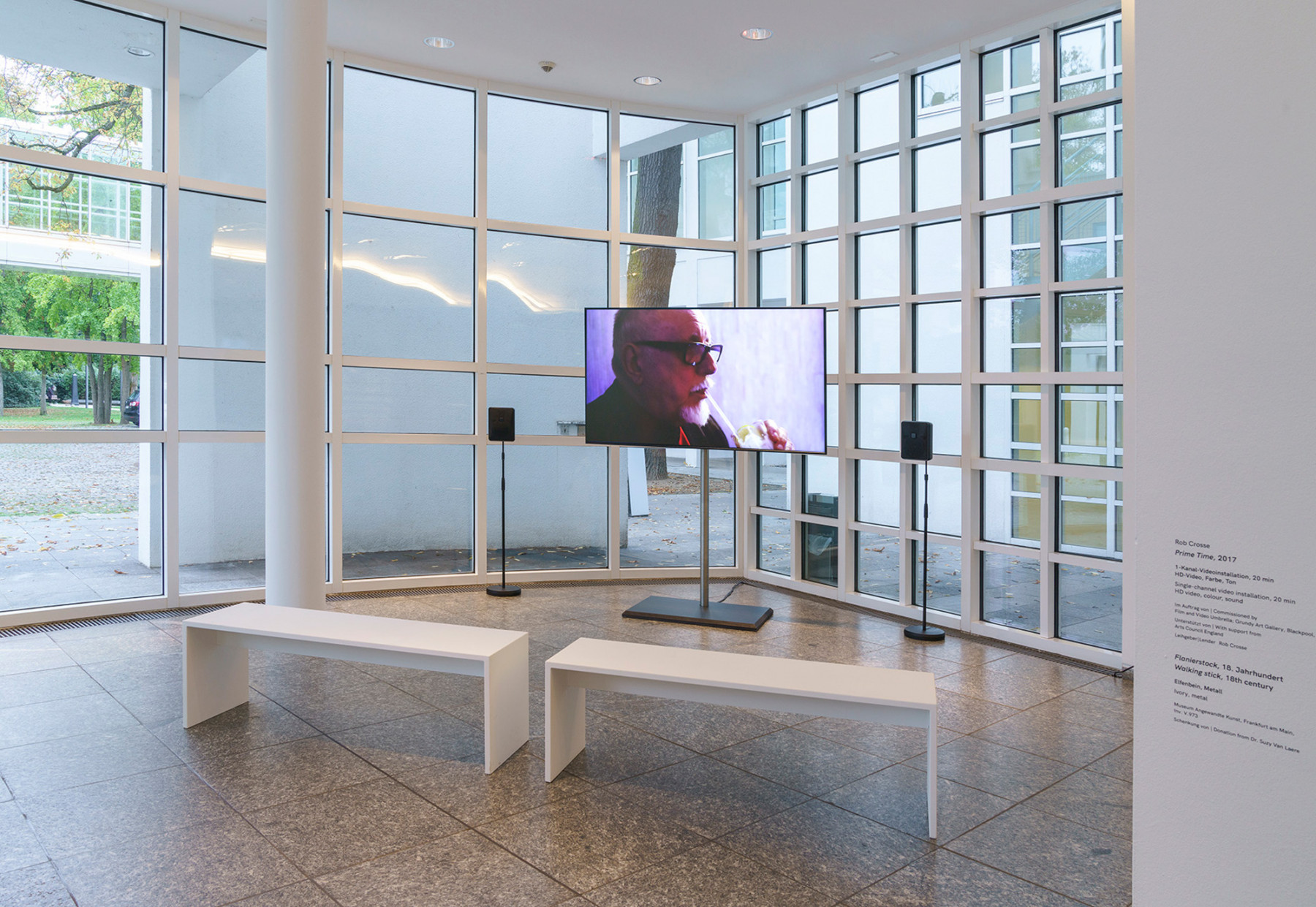
Rob Crosse, installation view, Museum Angewandte Kunst, Frankfurt am Main. Courtesy: the artist and Museum Angewandte Kunst, Frankfurt am Main; photograph: Wolfgang Günzel
LB One project you are currently working takes place in a car garage. This setting as well as the car racing in Team Roedale and the model railway in Clear as a Bell are stereotypically male pastimes. What is your new project about and why did you choose these specific settings?
RC I’ve recently been filming a group of mechanics inside a classic car garage as they systematically take a car apart in preparation for its restoration. This will form part of a larger project looking systems of value in relation to ageing.
These are spaces I have always been drawn to through my desire to somehow embody them. In some ways they are also sites for questioning my own identification with what I think these spaces represent, and then seeing if I can shift that perception, even if only for myself.
LB Within these predominantly male spaces you engage with, you examine the complexities of words like masculinity. Which new forms of masculinity and belonging have you witnessed and how have you responded to them through your works?
RC Any perspective that can move away from a singular understanding associated with a word like masculinity is a step in the right direction to expanding definitions of gendered terms. I wouldn’t say I’m particularly focused on trying to create new forms, rather interrogate my own identification to it. I’m not trying to make a judgement about what it is I’m looking at and the films loop to resist any conclusive thoughts.
LB Do you think it is the task of art to give marginalised groups a platform and more visibility and to discuss more diverse issues?
RC Increasing representation of marginalised groups is very important and giving platforms for people to represent themselves who haven’t previously been offered one is a step in the right direction.
I think art is at its strongest when it is less focused on the need to fulfil a task. Instead, it’s an opportunity to show the complexities and contradictions within the world without necessarily requiring a resolution.
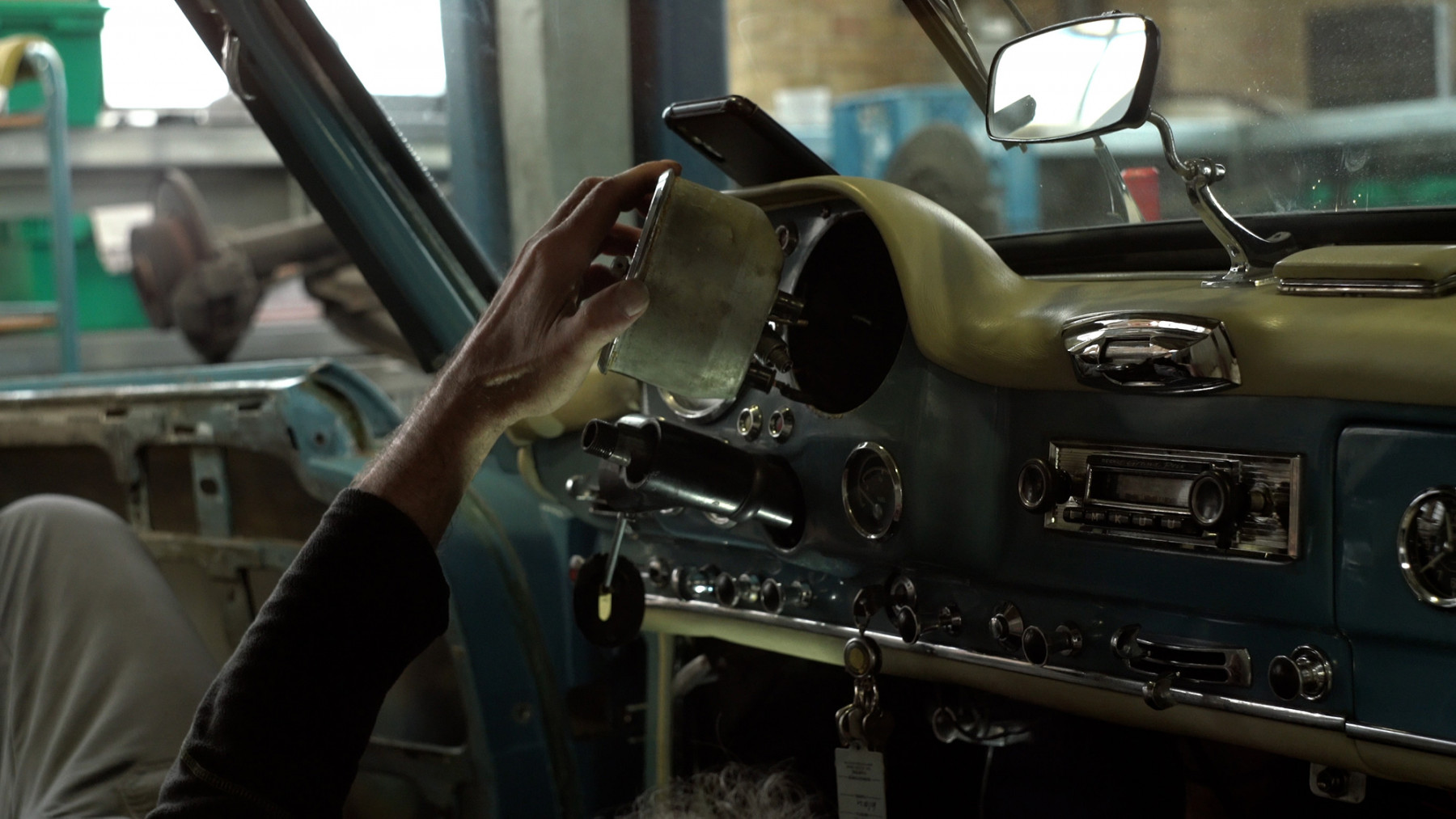
Rob Crosse, Ordinary Lifespan, 2021, video still. Courtesy: the artist
ars viva 2021
10 October 2020 – 21 March 2021
artists
Rob Crosse, Richard Sides and Sung Tieu
Museum Angewandte Kunst
Schaumainkai 17
60594 Frankfurt am Main
Rob Crosse is an artist based in Berlin. Recent exhibitions include ars viva 2021 at Museum Angewandte Kunst, Frankfurt am Main, Germany and Bad Bodies at Tomorrow Maybe, Eaton, Hong Kong. His films have been screened as part of Queer: Both Sides Now V, Videotage, Hong Kong; Different Ways, Lux, London; and Transactions of Desire, Institute of Contemporary Arts, London, among others. Upcoming projects include a residency at Rupert, Vilnius, Lithuania and ars viva 21 at Kunstverein, Hannover.